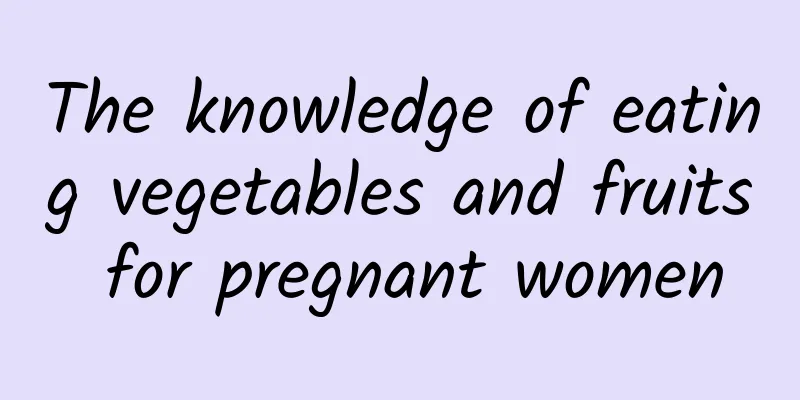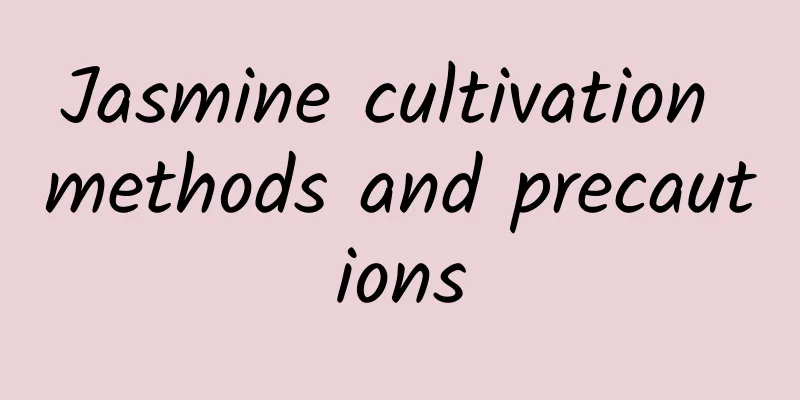The knowledge of eating vegetables and fruits for pregnant women

|
The diet and health of pregnant women have attracted more attention. There is a science to eating vegetables and fruits for pregnant women. Let’s learn about it together. The role of fruits and vegetablesIt is an indispensable food in people's lives and occupies a large proportion in the diet. It has very low protein and lipid content, contains a certain amount of carbohydrates, and is rich in inorganic salts (calcium, potassium, sodium, magnesium, etc.) and certain vitamins (vitamin C and carotene, etc.). Vegetables and fruits have good sensory properties, can increase appetite, help digestion, and are of great significance in maintaining normal intestinal function and enriching the diversity of diet. Especially during pregnancy, when there are severe pregnancy reactions, poor appetite, and constipation, eating some vegetables and fruits can alleviate pregnancy reactions. In addition, eating more vegetables and fruits during pregnancy is an important way to ensure the supply of minerals and vitamin C, which is beneficial to the health of pregnant women and the growth of babies.Choose fruits and vegetables scientificallyThere is still a certain amount of knowledge in the selection of vegetables and fruits. Generally speaking, dark-colored vegetables and green peppers, carrots, leeks, cauliflower, etc. are rich in chlorophyll, folic acid, tail-carotene and vitamin C and other important nutrients needed by pregnant women, and pregnant women can eat them regularly. In addition, there are also differences in the time of selection. Generally speaking, freshly picked fruits and vegetables are more nutritious than vegetables that have been stored for a long time. For example, compared with cabbage that has been stored for a long time, fresh cabbage not only tastes better but is also richer in nutrients.Pay attention to cleaning before eatingBefore eating, fruits and vegetables should be washed with special detergent to avoid residual pesticides that may harm the human body. When processing vegetables, wash them before cutting to avoid loss of nutrients. Cut vegetables should not be stored for too long to avoid the production of harmful substances - nitrite. Do not use copper pots to cook, and cook quickly over high heat. Do not throw away the soup to reduce the loss of nutrients. |
<<: Nutritional Value of Ginkgo
>>: What are the effects of sugar-fried hawthorn
Recommend
How to make Fire Dragon Tremella and Pear Soup
Although the autumn heat makes people feel stuffy...
Nutritional value of banana milk
Banana is a particularly good fruit with rich nut...
The Difference Between Catnip and Mint
Catnip is a green herb with a unique smell. When ...
Ingredients and steps for stewed pork with beans
As we all know, there is a very healthy and nutri...
What should not be eaten with King Oyster Mushroom? What should not be eaten with King Oyster Mushroom?
King oyster mushroom is a kind of mushroom with g...
The role and efficacy of persimmon leaf powder The medicinal value of persimmon leaf powder
Persimmon leaf powder is a light green powdery su...
How is the Chinese Embassy in Togo? Reviews and website information of the Chinese Embassy in Togo
What is the website of the Chinese Embassy in Togo...
What is BookDrifting? Reviews and website information
What is BookCrossing? BookCrossing is a famous Ame...
The efficacy and effects of peaches, the eating methods and taboos of peaches
Peach is one of the most popular fruits in life. ...
How to make delicious watermelon rind? How to eat watermelon rind
Every summer, people like to eat watermelon, whic...
What fruit is good for sore throat?
When people have a sore throat, they are prone to...
Why can't boys eat custard apple? Who can't eat custard apple?
Sugar apple is a delicious tropical fruit, also k...
Medicinal effects of oyster mushrooms
Oyster mushrooms are not only edible but also hav...
How to pickle mustard greens
Everyone must have eaten mustard greens, usually ...
The efficacy and function of red bean fruit How to grow red bean fruit
Red bean fruit is actually the yew, which is a re...









